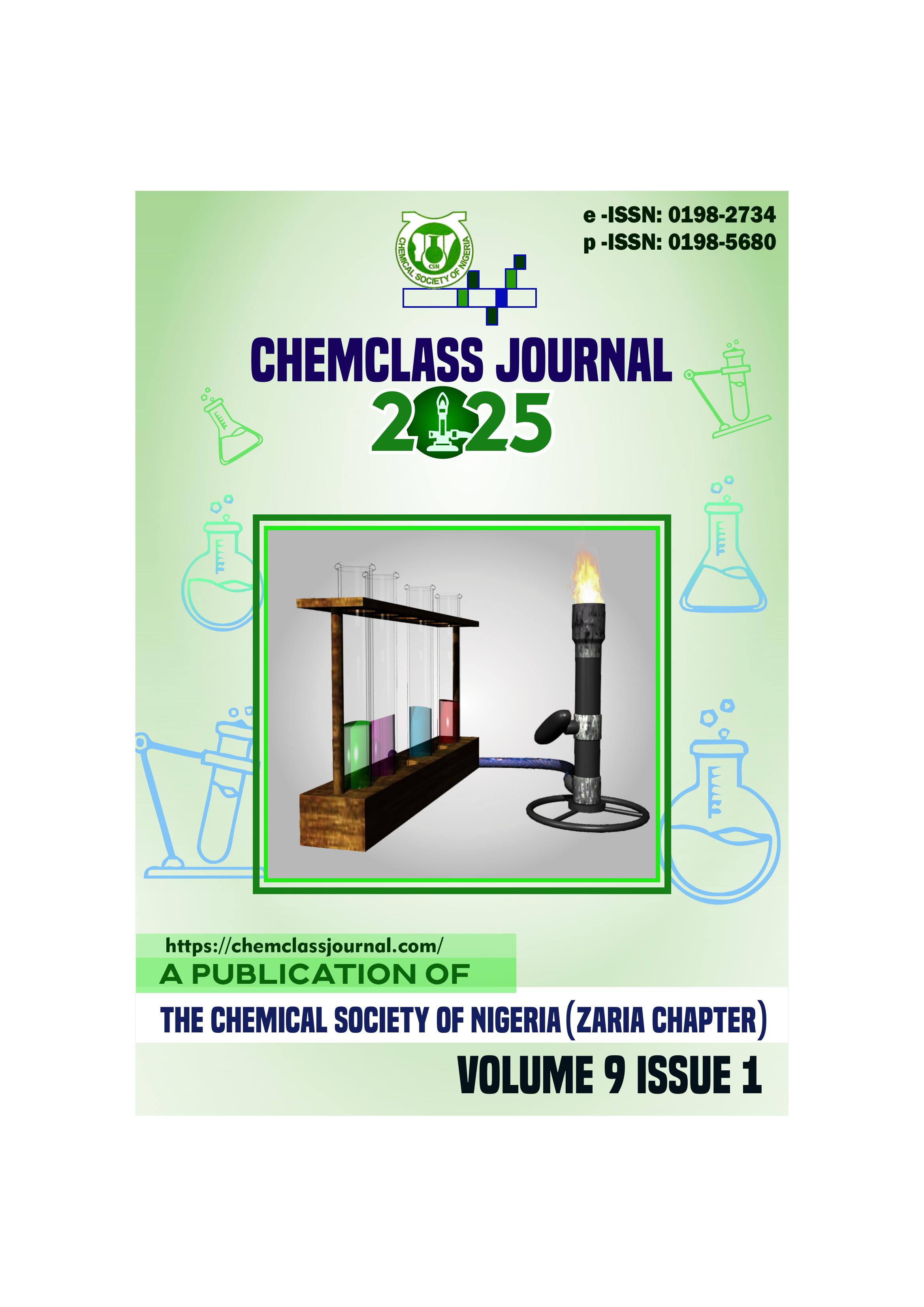In-silico Studies, Synthesis and Evaluation of Antibacterial Activity of Quinolonylhydrazone Derivatives
Keywords:
Quinoline , Hydrazone , Antibacterial , Zone of Inhibition , Minimum Inhibitory Concentration (MIC) , Minimum Bactericidal Concentration (MBC), Deoxyribonucleic Acid Gyrase (DNA-Gyrase)Abstract
The increasing resistance to modern antibiotics necessitates the design of novel antibacterial agents. In this study, quinoline-hydrazone hybrids were rationally designed to optimize their pharmacological properties and enhance their antimicrobial activity. The designed compounds underwent in silico ADMET screening, which demonstrated full compliance with Lipinski’s Rule of 5, indicating favorable drug-like properties and potential for oral bioavailability. Subsequently, molecular docking simulations were carried out against two bacterial enzymes. The docking results revealed that the compounds exhibited strong binding affinities (PD16: -8.4 kcal/mol; PD17: -9.6 kcal/mol) compared to ciprofloxacin (-7.4 kcal/mol), suggesting significant interactions with the target enzymes. The compounds were then synthesized via a condensation reaction under reflux conditions, yielding (E)-7-chloro-4-(2-(1-(thiophen-2-yl) ethylidene) hydrazinyl) quinoline (PD16) with a yield of 10.09%, and (E)-7-chloro-4-(2-(1-(3-nitrophenyl) ethylidene) hydrazinyl) quinoline (PD17) with a yield of 76.7%. The chemical structures of the synthesized compounds were confirmed through FTIR, ¹H-NMR, and ¹³C-NMR spectral analysis. Finally, in vitro antibacterial activity was evaluated against Escherichia coli and Staphylococcus aureus using the microdilution method. The activity was assessed based on zone of inhibition, Minimum Inhibitory Concentration (MIC), and Minimum Bactericidal Concentration (MBC). Structure-activity relationship studies indicated that electron-donating groups on the quinoline ring and hydrophobic substitutions on the hydrazone moiety enhanced antibacterial activity.





 ChemClass Journal
ChemClass Journal
